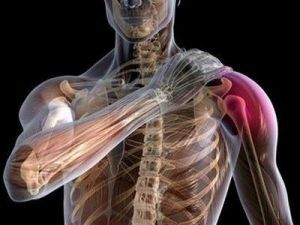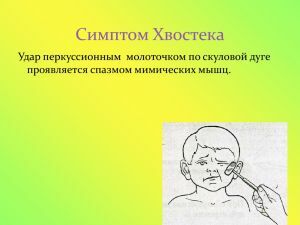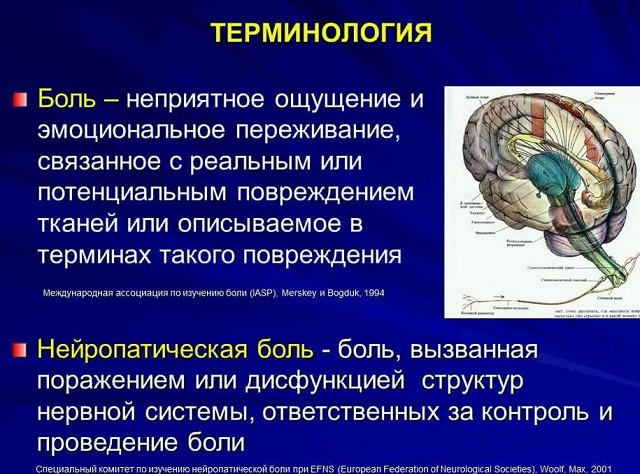 The mechanism of action of this disease is not sufficiently elucidated, therefore, it is necessary to list the types of dysesthesia in the group of a certain stimulus in advance.
The mechanism of action of this disease is not sufficiently elucidated, therefore, it is necessary to list the types of dysesthesia in the group of a certain stimulus in advance.
The most common sensitivity disorder of dysaesthesia is paresthesia. When a patient experiences unnatural sensations in different parts of his body. For example, "lasagne goosebumps" on the skin or sensation of the cuffed lower limbs, numbness, tingling, the presence of sand under the skin.
A view from the point of view of neurology and psychiatry
Dysaestia is a perversion of susceptibility characterized by the appearance of pain sensations in the zones of impaired sensation that arise as a response to a light tactile stimulus or spontaneously.
Traced when the central or peripheral nervous system is affected. Spontaneous or caused for certain reasons( for example, by touching) can be perceived as a pain syndrome( for example, as a temperature syndrome) and so on:
This term means perverse sensitivity impairments, in other words, loss of usual correspondence between the objective stimulus and its biased evaluation:when you feel the subject by the patient, he seems to him more than in real size.
Sometimes the patient's external stimulus is felt wrong: not in the place or side where it was applied, and in the opposite, suppose, an injection, made in the left hip, and it is felt in the right.
In dorsal air, pain conduction is often slowed, for example, with a painful injection, the patient does not respond at all, and after the doctor or someone else, thinking that this is a state of deep anesthesia, moves on to the next steps, new injectionsto find out its limits, the patient suddenly has a feeling of severe pain.
In all listed types of violation, an incorrect evaluation of external irritation occurs. 
Dysaesthesia from the point of view of neurology is a disorder of sensation that occurs as a result of affection of the sensory nerve, conduction pathways, posterior horns or in the roots of the spinal cord. Penultimate parameter refers only to the temperature and pain sensitivity, the muscular and articular in this case does not suffer.
The appearance of dysesthesia in terms of psychiatry is similar, but has a different configuration of pathologies of sensitivity and susceptibility. Are conditioned by a mental anomaly or are symptoms of mental disorders.
Generally speaking, there is no exhaustive and universally recognized classification of violations of elementary susceptibility and sensitivity in modern psychiatry.
Dysaesthesia Species
Based on the type of sensitivity disorder, the following varieties of dysesthesia are distinguished:
- Segmental .Formed in the area of innervation of the spinal cord or cranial nerve( for example, pain on the left, in the scapular region, with angina pectoris or myocardial infarction).
- Conducting .Occur in the innervation of the nerve trunk( for example, pain in the places of amputation of the arm or leg, as phantom).In this case, dysesthesia is manifested by a sensation that appears outside the zone of development of the abnormal process or the effect of the stimulus.
Causes and manifestations of
 Dysaesthesia is often manifested when a patient rests and his muscle mass is relaxed. It starts with incomprehensible and inexplicable sensations( tingling, discomfort, "goose bumps"), which gradually increase. In the morning, the disease very rarely makes itself felt.
Dysaesthesia is often manifested when a patient rests and his muscle mass is relaxed. It starts with incomprehensible and inexplicable sensations( tingling, discomfort, "goose bumps"), which gradually increase. In the morning, the disease very rarely makes itself felt.
Most often manifested after 20 years of life. Every year, the intensity of sensations increases, attacks and exacerbations manifest themselves more often. Dysaesthesia can be a concomitant symptom of such diseases as:
- uremia;
- kidney failure;
- neurosis;
- rheumatoid arthritis.
May also occur in pregnant women. Passed by inheritance, but no serious threats to life.
Symptomatic:
- Sensitivity enhancement in the nerve endings of .Is noted for pathologies in the mucous membranes of the skin.
- The enhanced excitability of neurons in the sensory system: the hippocampus, the sensory areas of the cerebral cortex, the nuclei of the amygdala complex, and so on. It occurs with encephalitis, neuroses and individual mental disorders.
Medical care
For the first symptoms of dysaesthesia, you should always see a doctor. A disease that has started can turn out to be a signaling of serious problems in the body. Physicians will determine the cause and prescribe effective therapy. And in order to ease your health, you can take the following advice:
- move a lot , making walks before bedtime as it is walking helps to increase chemical reactions, freeing the brain from endorphins, contributing to a general calm and sound sleep;
- for manifestations of discomfort in the lower extremities, can stand up and walk around the room ;
- does not overeat before going to bed ;

- take multivitamins - according to studies, the reason for this disease lies precisely in the lack of folic acid or iron;
- Aspirin - doctors could not argue how it works, but in some patients, after receiving it, the general condition improved significantly;
- to avoid stress situations ;
- should not be taken as a sedative or analgesic alcohol .
Fans of folk methods of treatment claim that to improve the well-being with different types of dysesthesia, foods enriched with magnesium help: soy, milk, wheat bran, almonds, nuts, pumpkin seeds.
Related concepts
Dysaesthesias are divided into two subspecies: qualitative and quantitative.
In the clinic, qualitative ones are expressed by the following types:
- hyperpathy - an increase in the threshold of excitement, the patient can not adequately perceive lung irritations and is not able to distinguish them;
- synaesthesia - the patient feels irritation not only in the area of its action, but also in other parts of the body;
- polyesthesia - single irritations by patients are perceived as multiple;
- alloheiria - the patient localizes the irritation not in the side where it is applied, but in the opposite or symmetrical to it.
- quantitative perception disorders :
- hyperesthesia - aggravation of perception of sensitivity: the patient feels it more intensively and stronger;
- hypoesthesia - weakening the perception of sensitivity with a decrease in its intensity;
- anesthesia - absolute loss of sensitivity, it can be: musculo-articular - batianesthesia, pain analgesia, temperature - thermanesthesia;
- dissociation or cleavage of sensitivity is an isolated fallout of one type of susceptibility with the preservation in the same zone of its other species.

Pain occupies a special place among other types of sensations. There is no single adequate stimulus for it. The pain syndrome appears under the influence of various etiological factors and in different parts of the body.
Any pain is considered a subjective evaluation of system processes that connect the patient's sensory perception of information about pain( nociceptive) impulse and reflex actions addressed to protect the human body from the effects of these stimuli.



